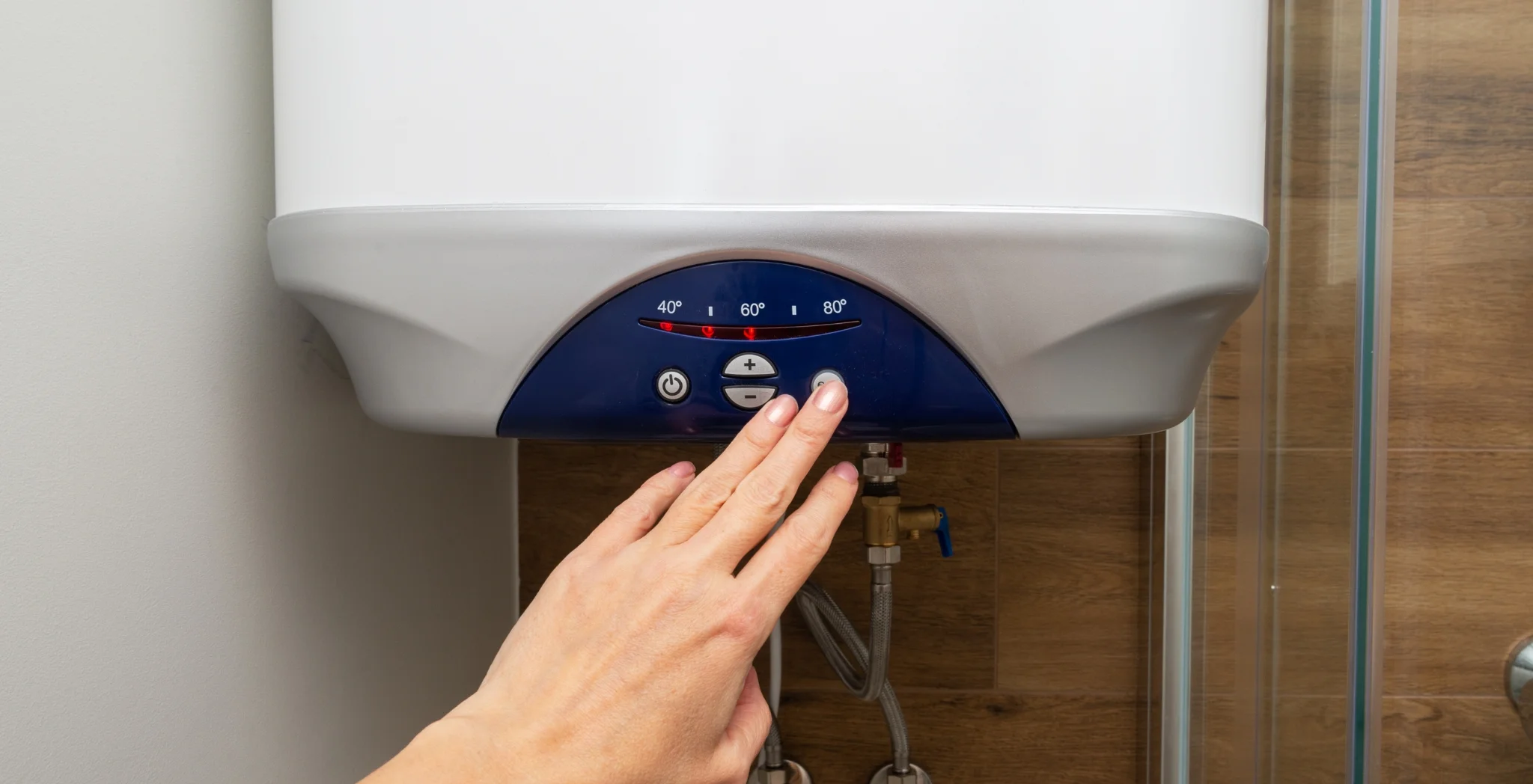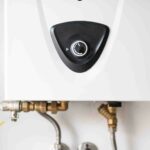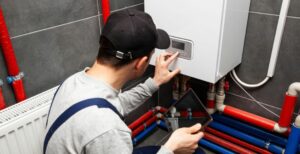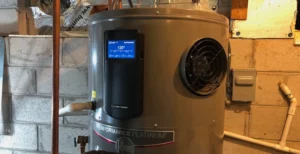Tankless water heaters are integral to modern homes, providing hot water for showers, cleaning, and cooking.
Like any appliance, they require daily maintenance to operate efficiently and safely.
One critical water heater maintenance task is draining the tankless water heater to remove sediment buildup, which can affect the heater’s performance and lifespan water heater.
Understanding Sediment Buildup

Sediment buildup in a tankless water heater is a common issue caused by naturally occurring water minerals, such as calcium and magnesium.
When water is heated, these minerals precipitate and settle at the bottom of the tank, forming sediment.
This sediment can insulate the Viessmann tankless water heater source from the water, reducing efficiency.
Over time, sediment accumulation can also cause damage to the tank and heating elements, increasing the need for furnace service and repair and potentially impacting Viessmann tankless water heater prices.
The Importance of Draining Your Water Heater

Regularly draining your tankless water heater helps to remove this sediment buildup, ensuring that the heater operates efficiently and prolongs the lifespan of your water heaters.
Draining the tank can also prevent issues such as reduced water flow, inconsistent water temperature, and potential damage to the heating elements.
For those using a boiler heating service, maintaining your tankless water heater through routine draining and descaling can complement the overall heating system, ensuring both your water heating and space heating functions run smoothly.
- Reduced heating efficiency
- Longer recovery times for hot water
- Increased energy consumption
- Potential overheating and damage to the tank
- Unpleasant noises due to sediment interaction with heating elements.
How Often Should You Drain Your Water Heater?
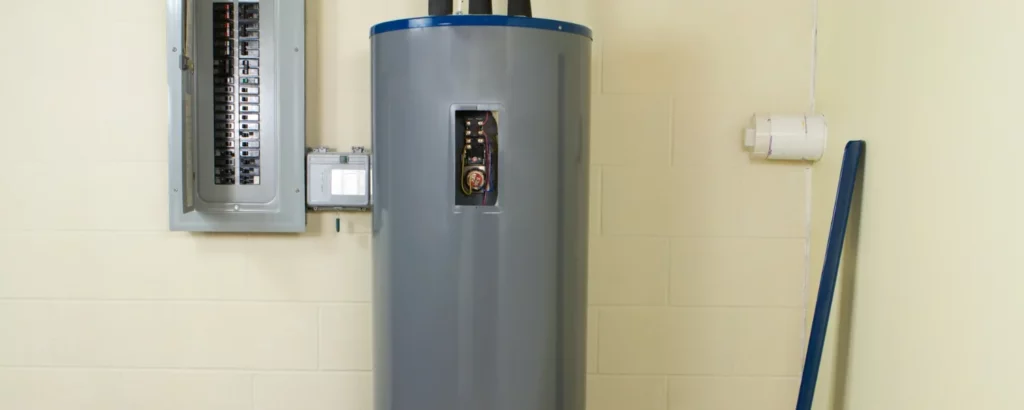
The frequency of draining your tankless water heater, especially after a water heater replacement, depends on several factors, including hard water levels, the amount of hot water used, and the manufacturer’s guidelines for tankless water heater installation.
It’s generally advisable to drain and flush your water heater at least once a year to ensure optimal performance and longevity.
However, if you have hard water or high sediment content, more frequent draining may be necessary to have a tankless water heater rental for the water heater life span.
Step-by-Step Guide to Draining Your Water Heater
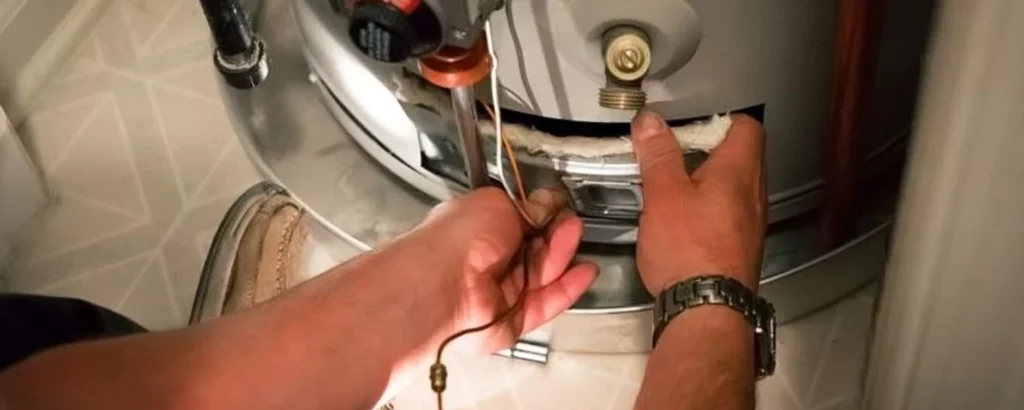
Draining a water heater is a straightforward process that homeowners can often do themselves.
Here’s a step-by-step guide:
1. Turn Off the Water Supply and Power Source
- Turn the gas valve to the “PILOT” for gas heaters.
- For an electric tankless water heater, switch off the circuit breaker.
2. Prepare for Draining
- At the bottom of the tank, you can find the drain valve. Connect a garden hose to this valve for draining purposes.
- Run the other end of the hose to a suitable drain or outside.
3. Open the Drain Valve
- Allow the water to flow out of the tank. Be cautious, as the water may be hot.
4. Flush the Tank
- After the tank drains, briefly turn on the cold water supply to flush any remaining sediment.
5. Refill the Tank
- Please ensure that the drain valve is securely closed before removing the hose.
- The water supply needs to be turned on, and the tank should be allowed to refill.
6. Restart the Heater
- For gas heaters, turn the gas valve back to its original position and relight the pilot if necessary.
- For electric heaters, turn the circuit breaker back on.
Tips for Successful Water Heater Draining
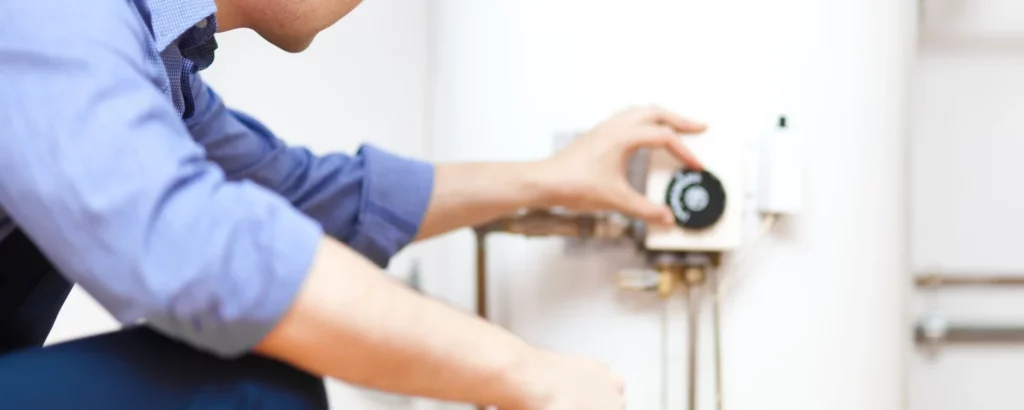
- Safety First: Ensure the tank has cooled down before draining to avoid scalding.
- Check for Leaks: Inspect the drain valve and other connections for leaks after completing the process.
- Consider a Sediment Filter: Installing a sediment filter on the incoming water line can reduce sediment buildup.
- Annual Inspection: Combine draining with a yearly inspection of the anode rod, pressure relief valve, and other components.
Benefits of Regular Maintenance

Regular draining and maintenance of your water heater have several benefits, including:
- Improved Efficiency: Reduced sediment buildup allows for more efficient heating to high-life heating.
- Extended Lifespan: Preventing corrosion and damage to the tank and components can significantly extend the lifespan of a water heater.
- Energy Savings: Efficient operation means less energy consumption and lower utility bills.
- Consistent Hot Water Supply: Ensures a reliable hot water supply without unexpected interruptions.
Conclusion
Draining your tankless water heater is an essential maintenance task that should be considered.
Following the steps outlined in this guide and maintaining a daily maintenance schedule, you can ensure that your water heater remains efficient, safe, and long-lasting.
Remember, if you need clarification on any part of the process or encounter issues, it is advisable to seek a professional plumber’s assistance to guarantee your water heater’s safety and efficiency.

